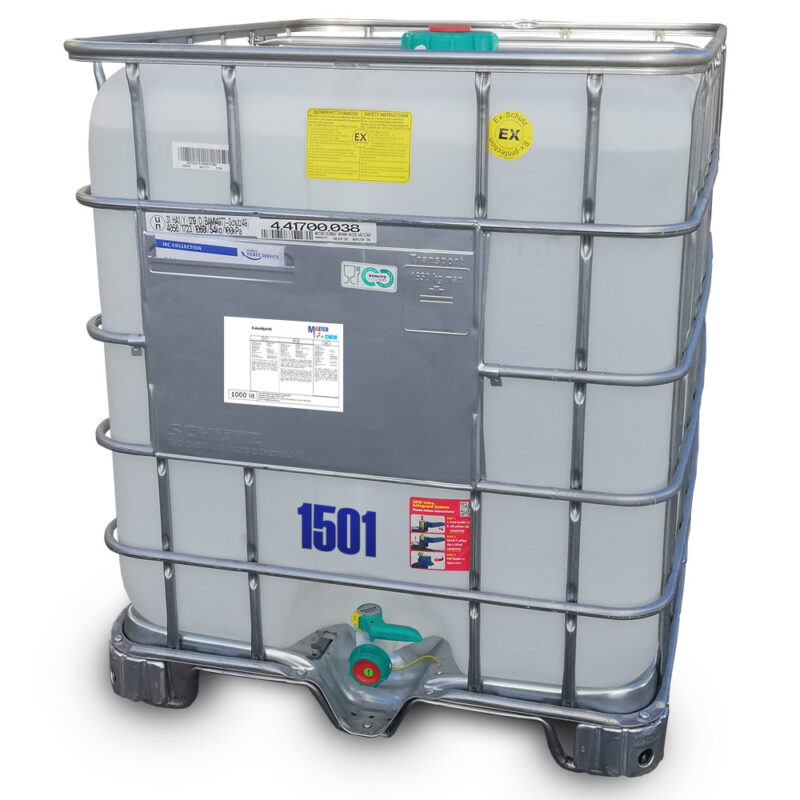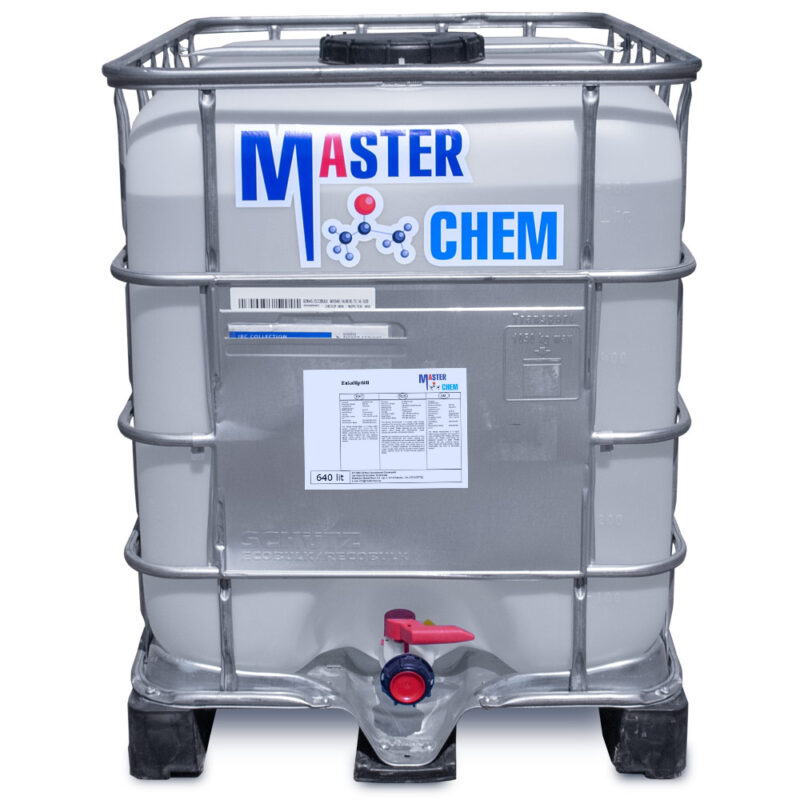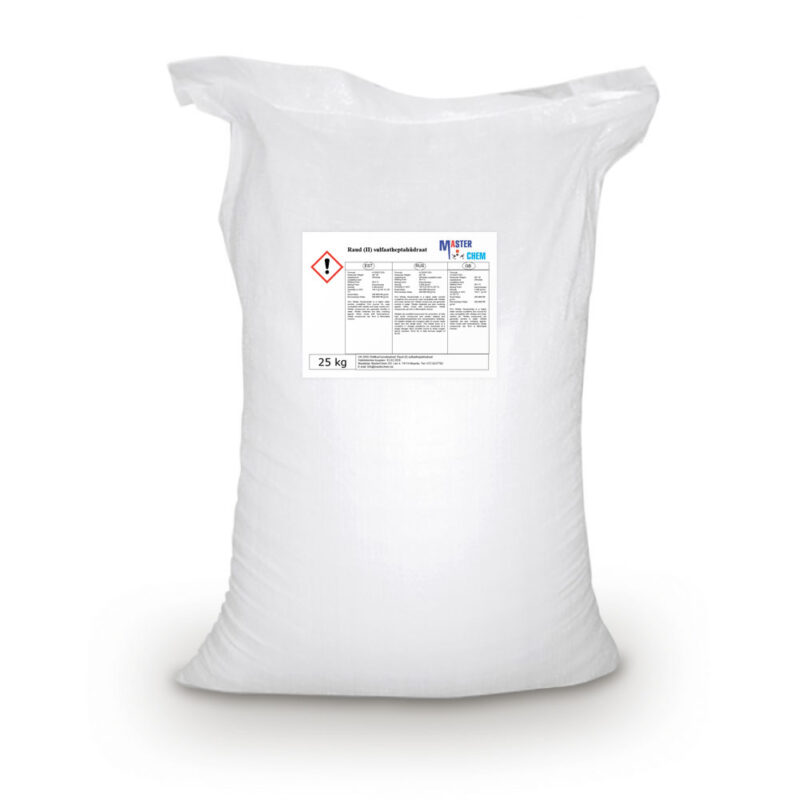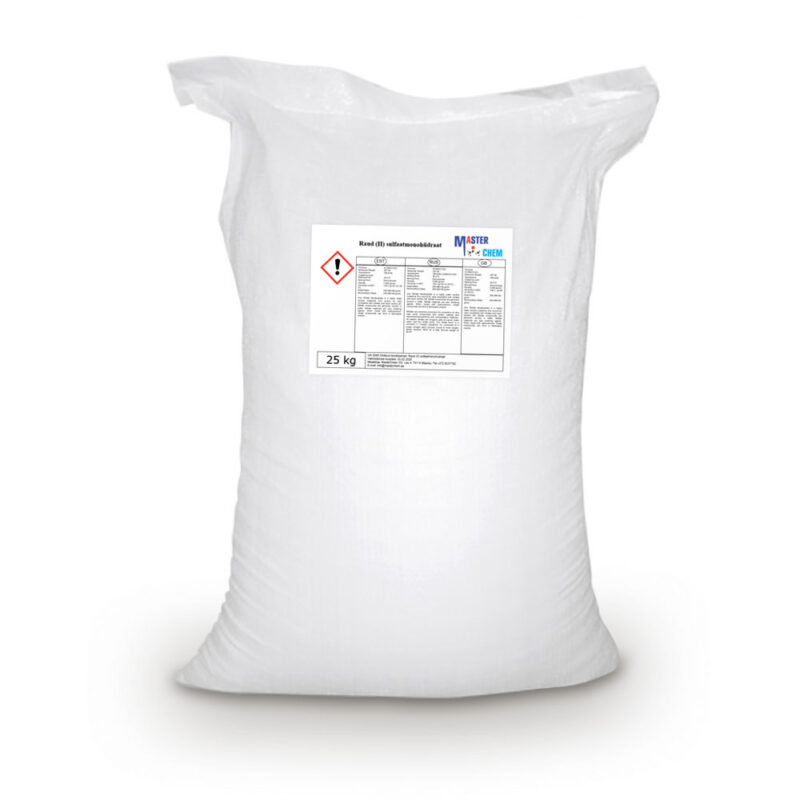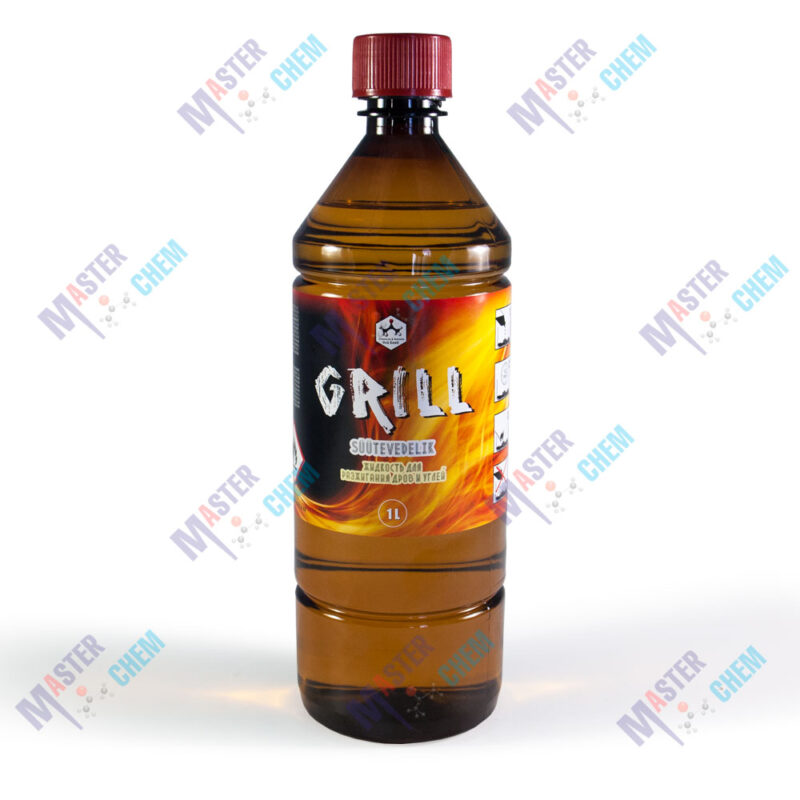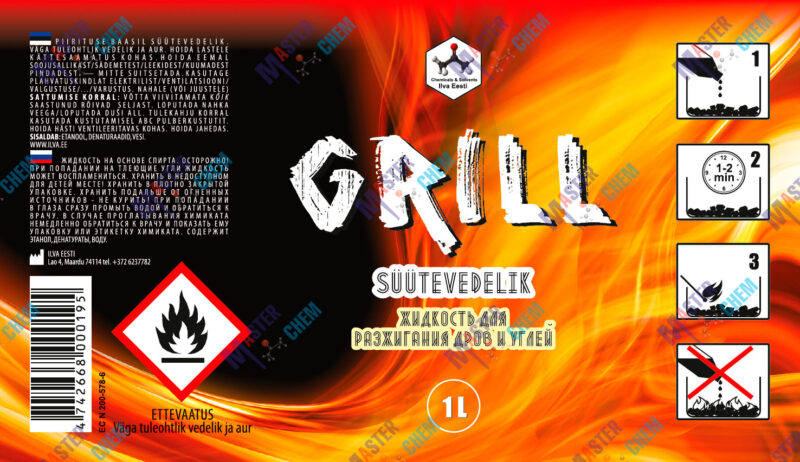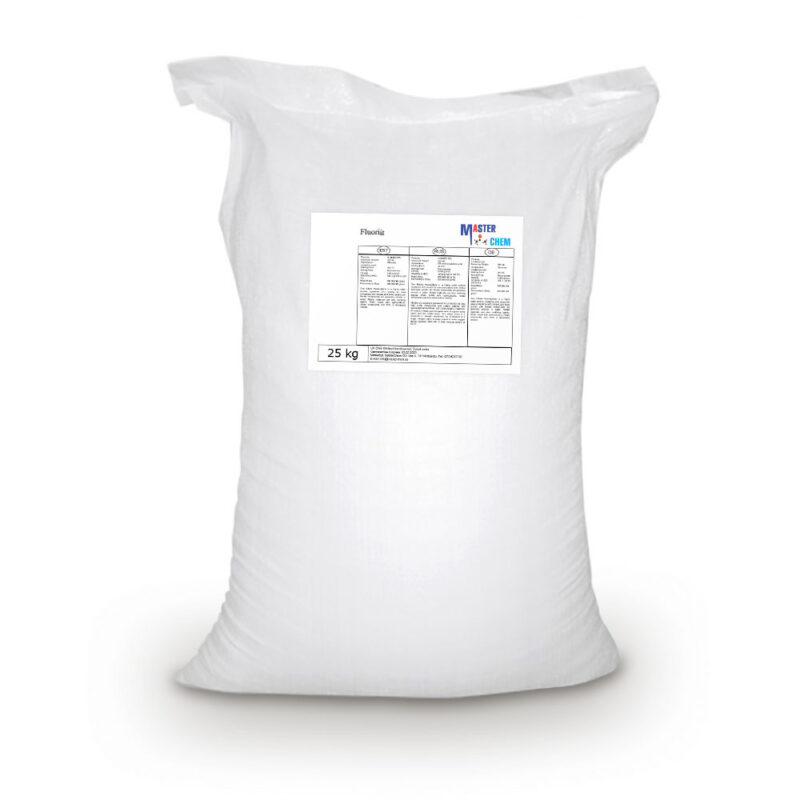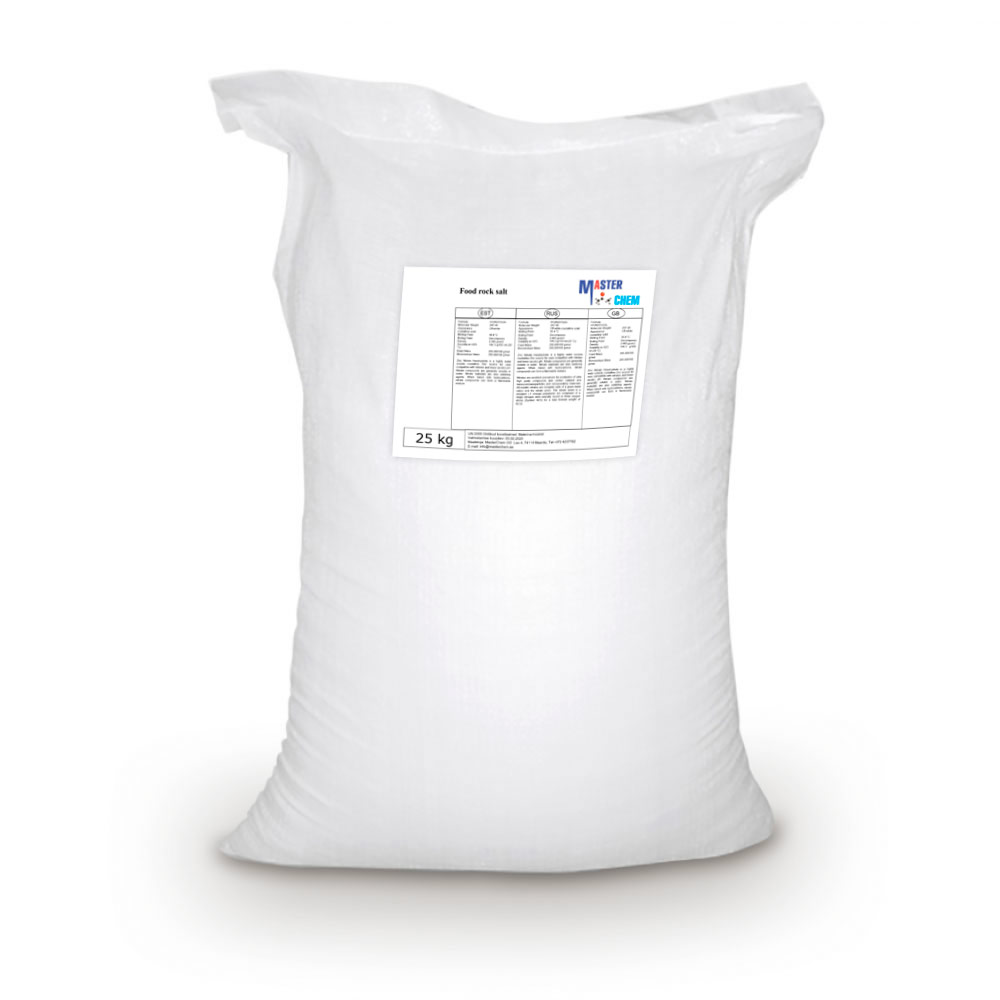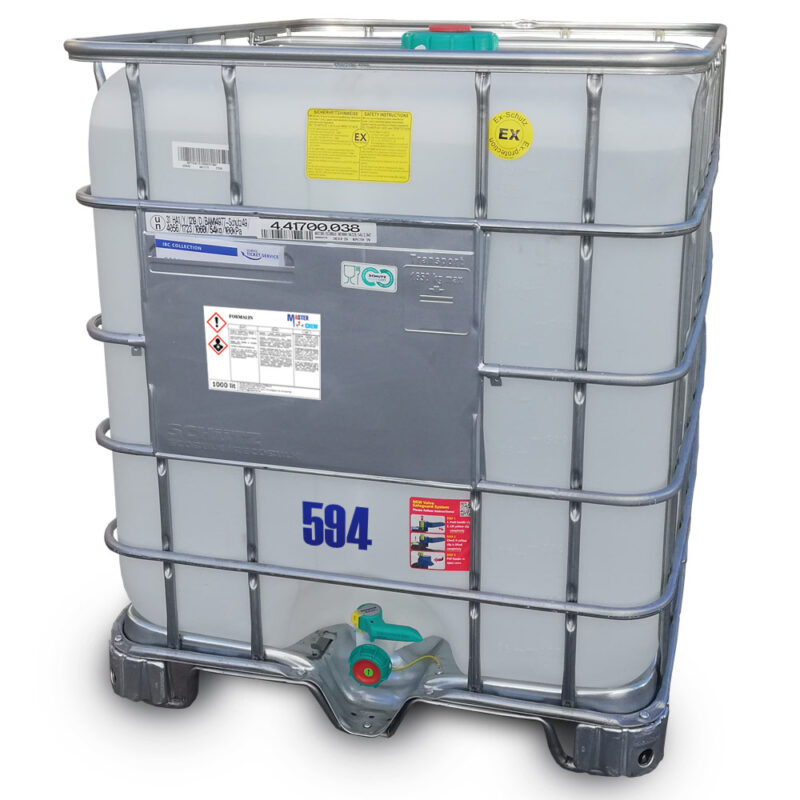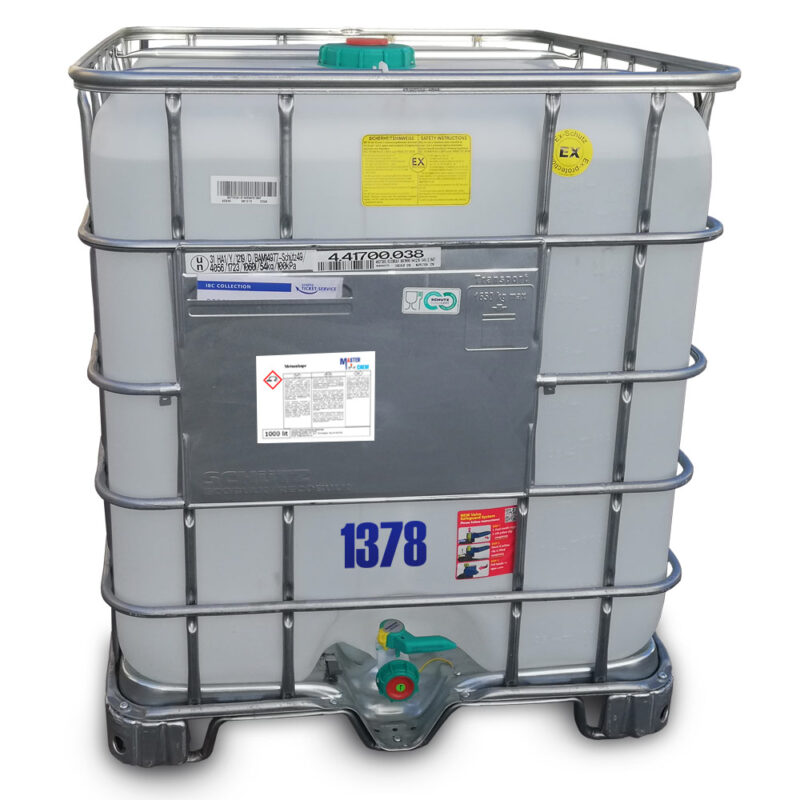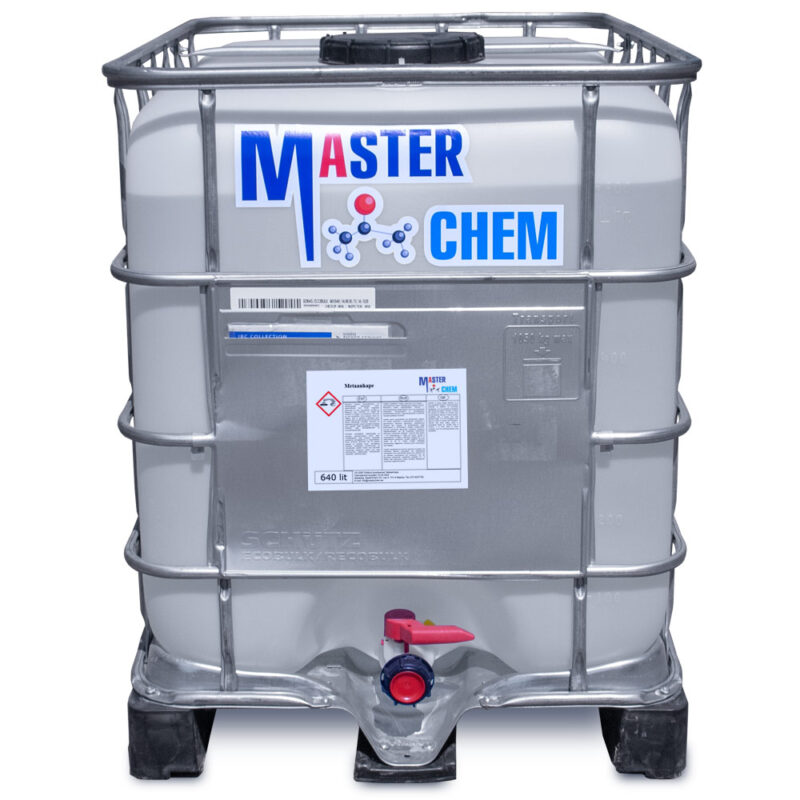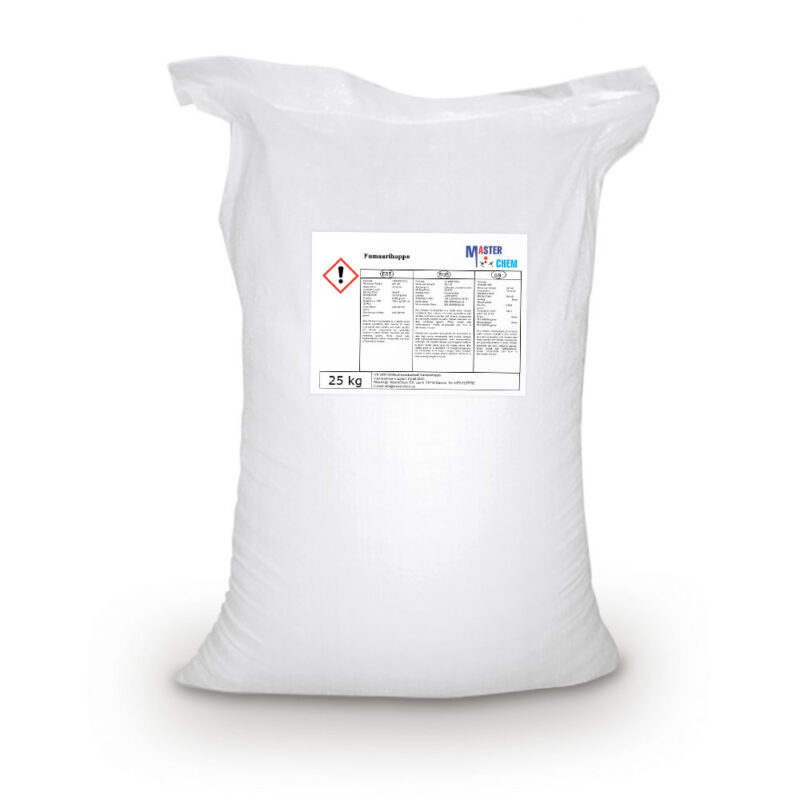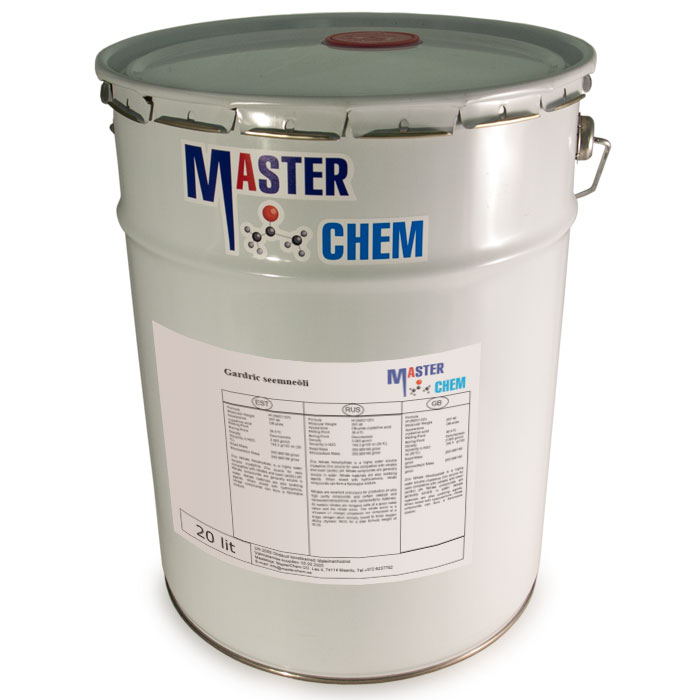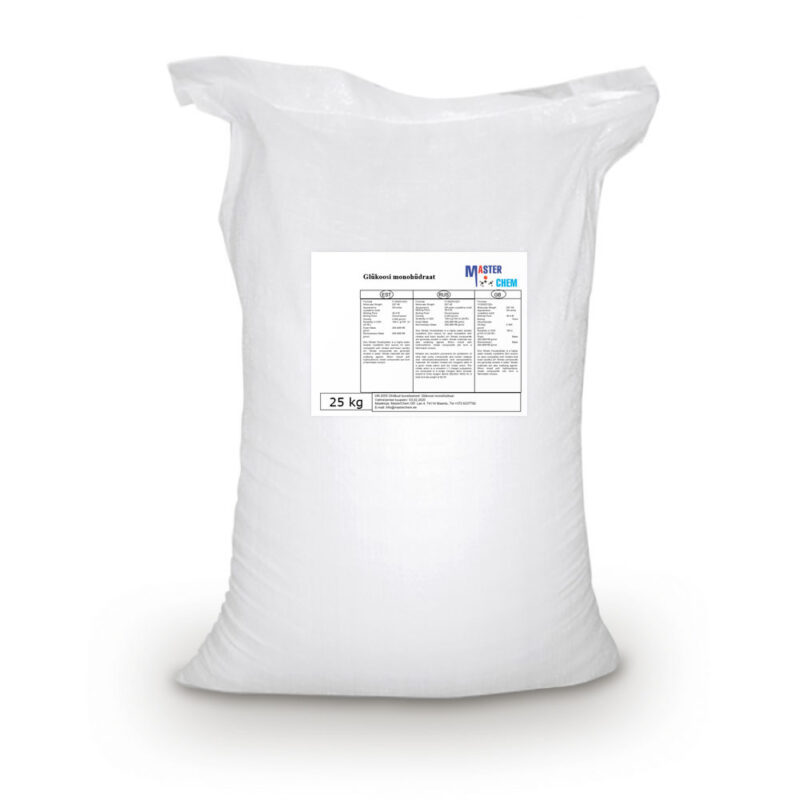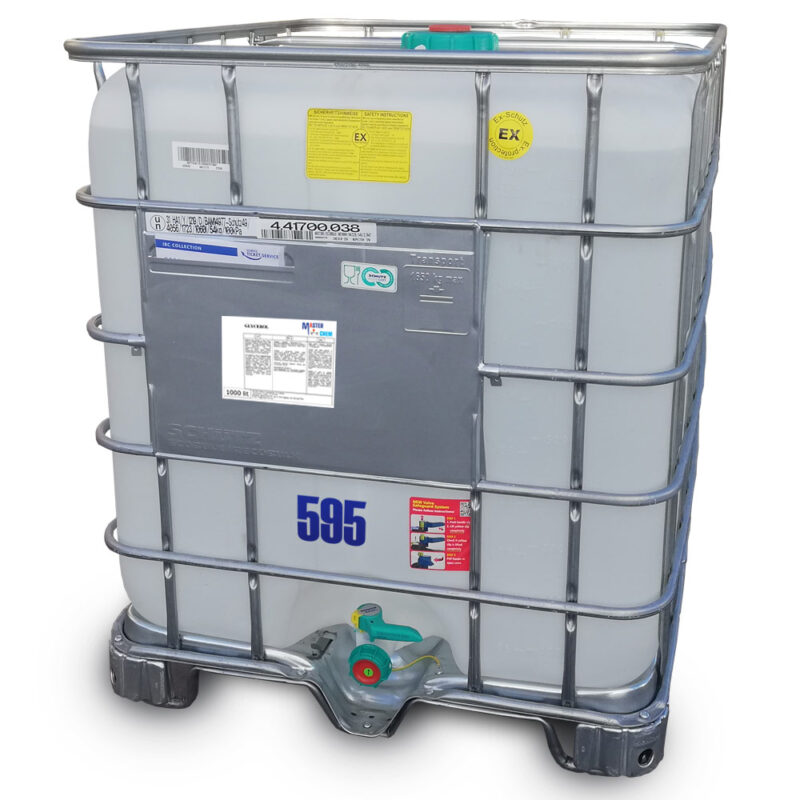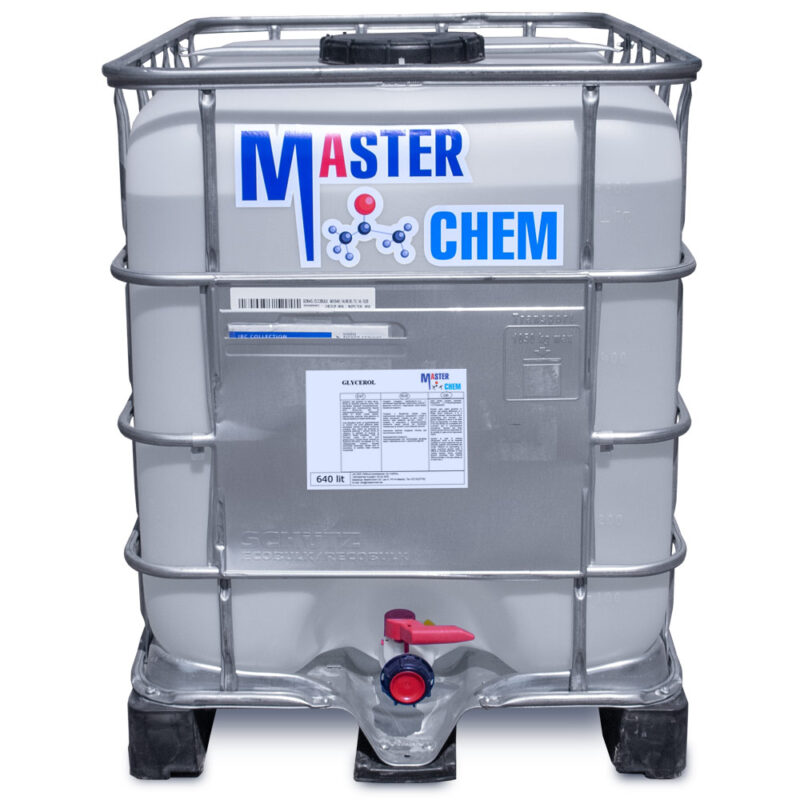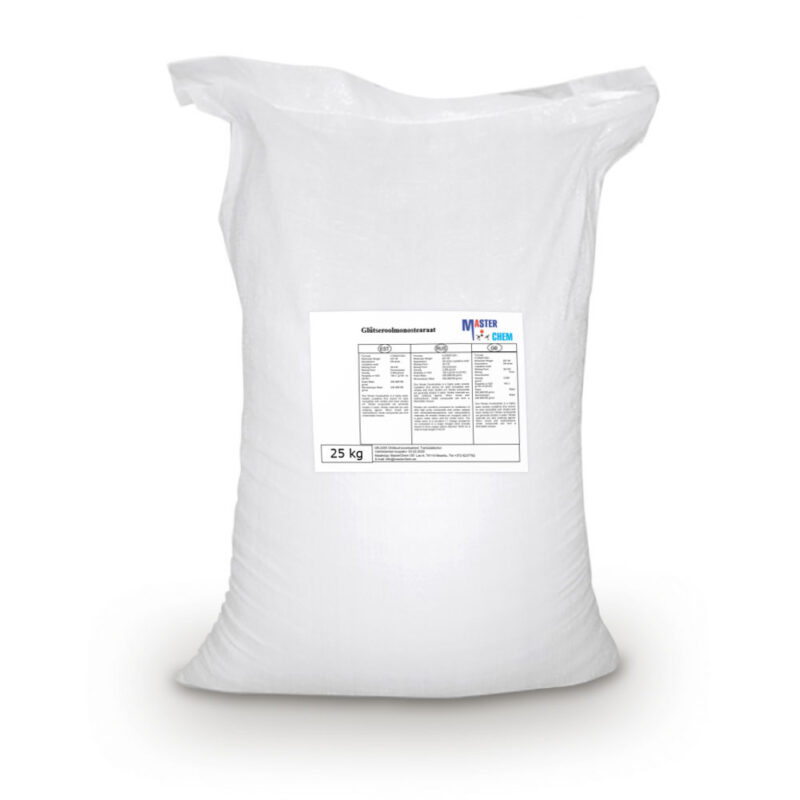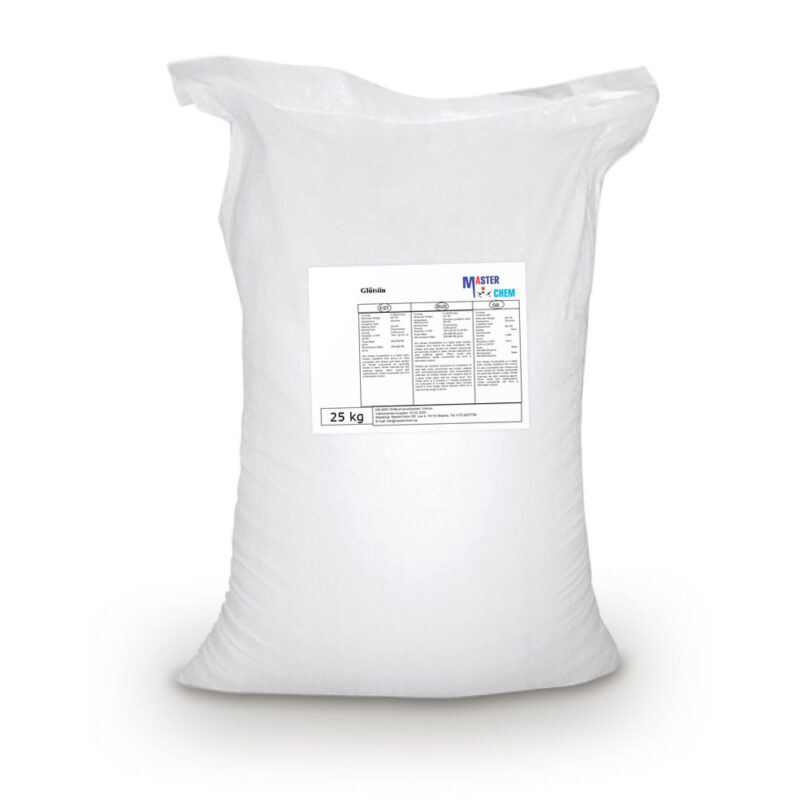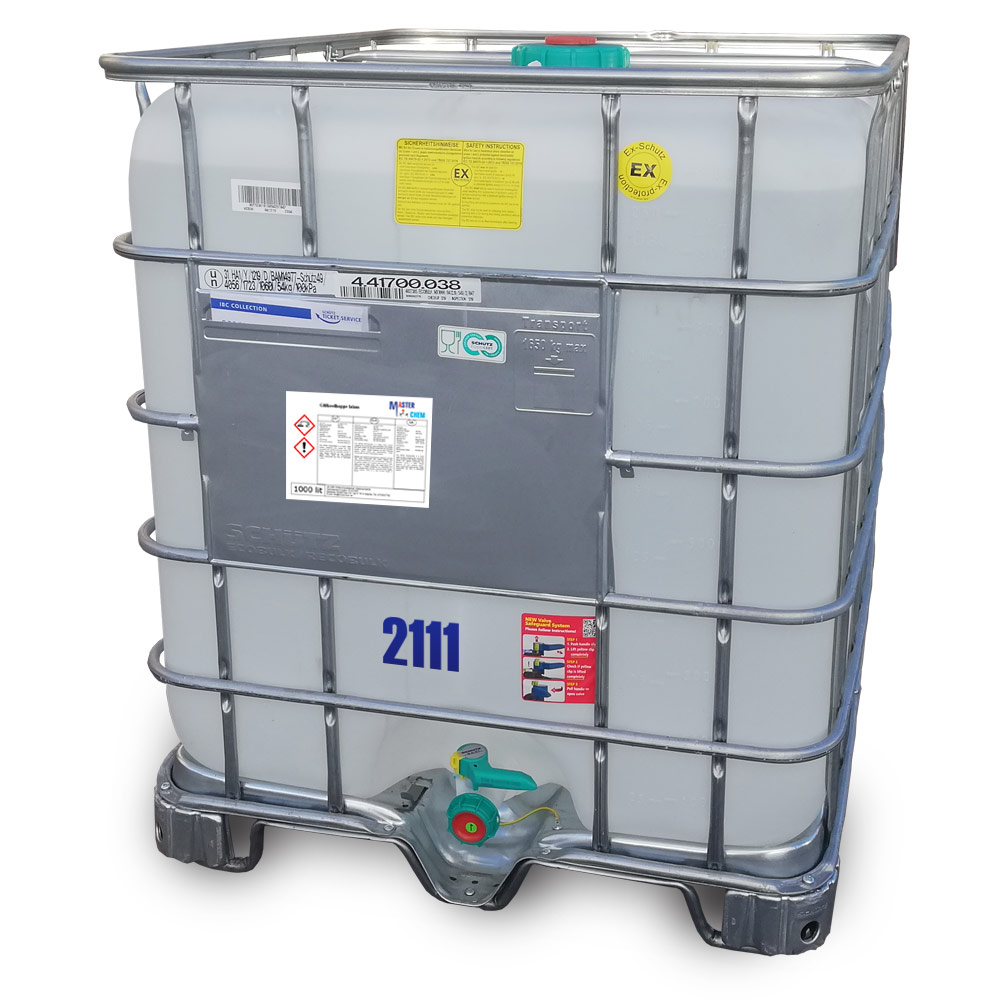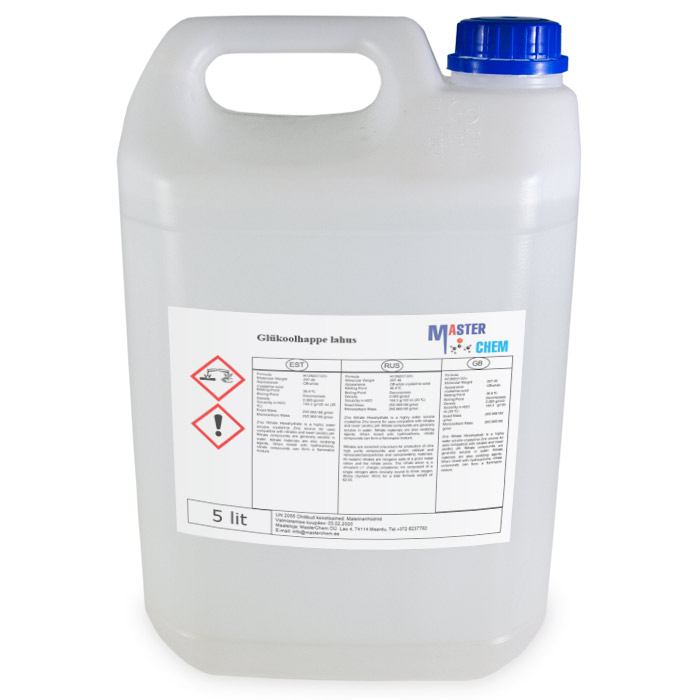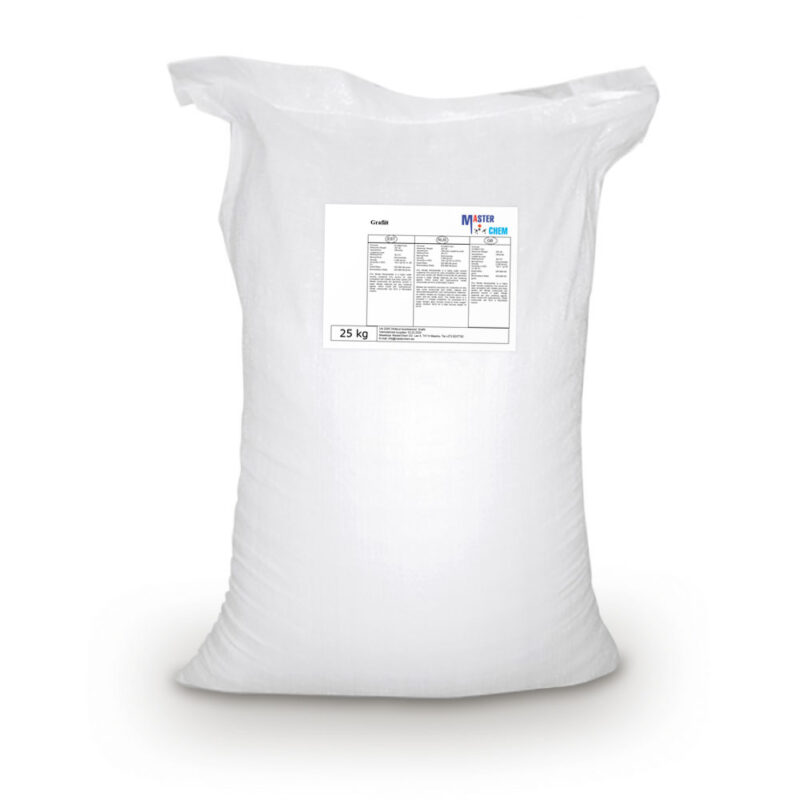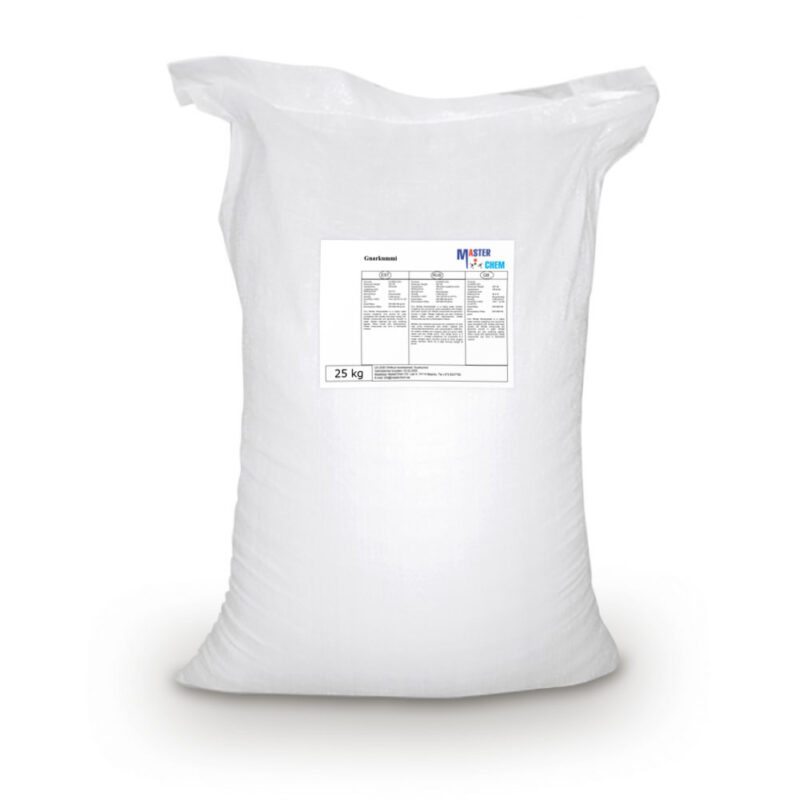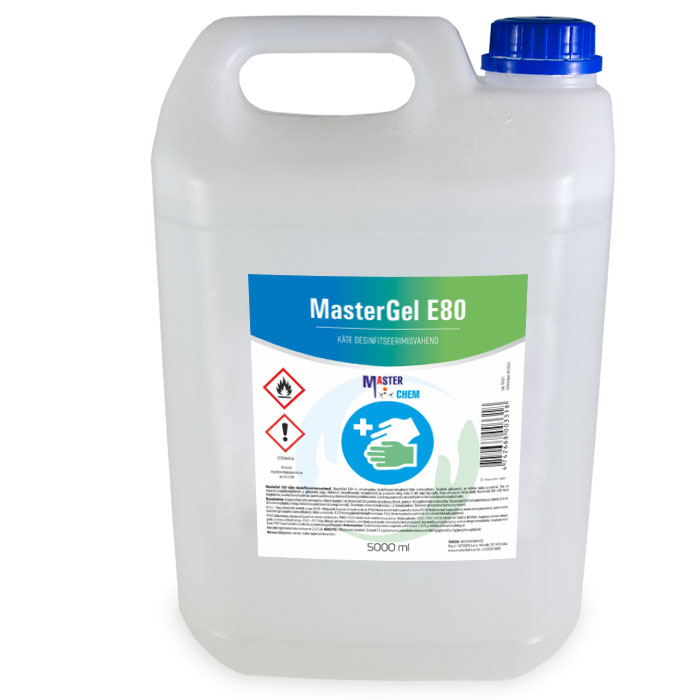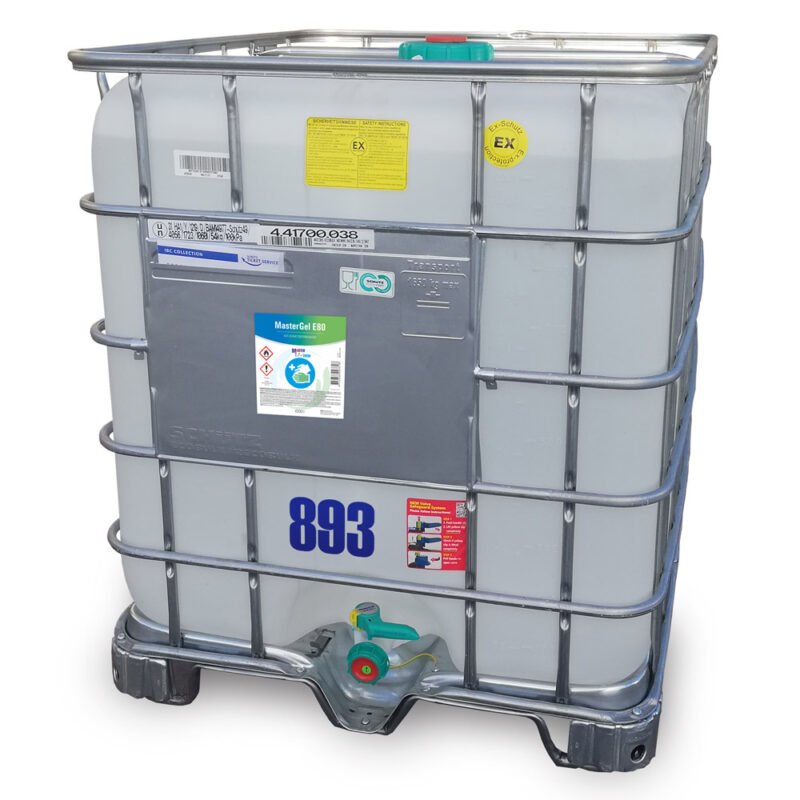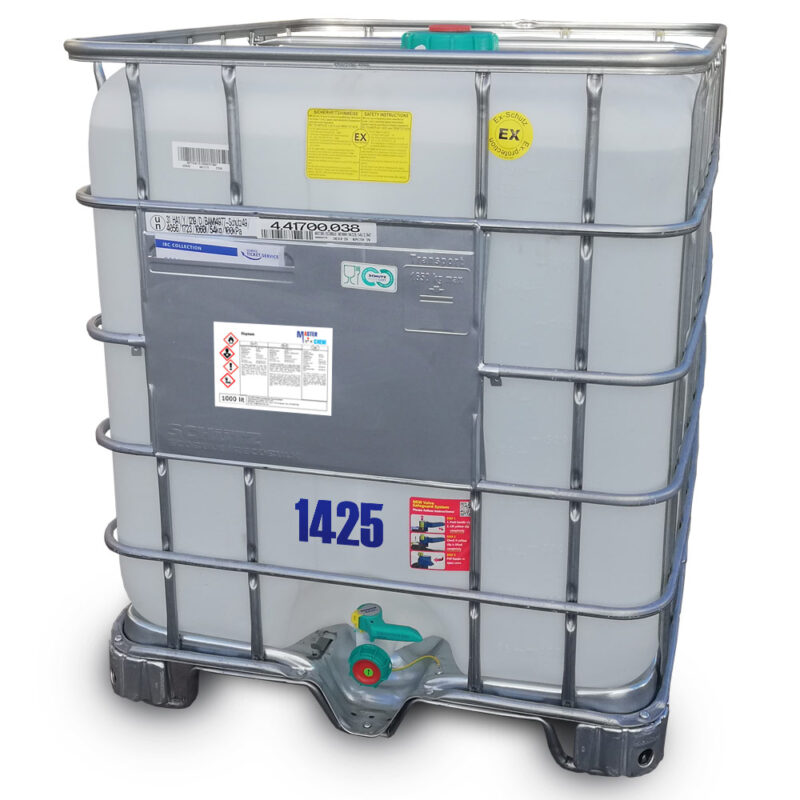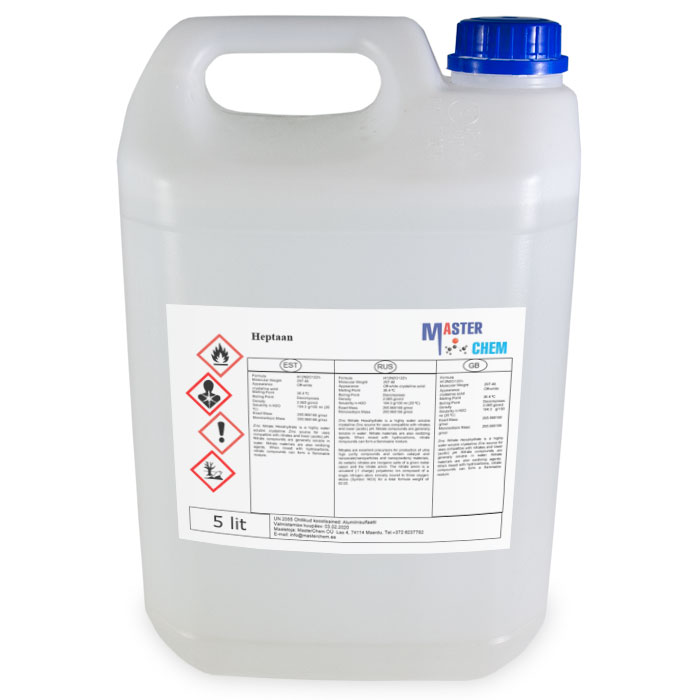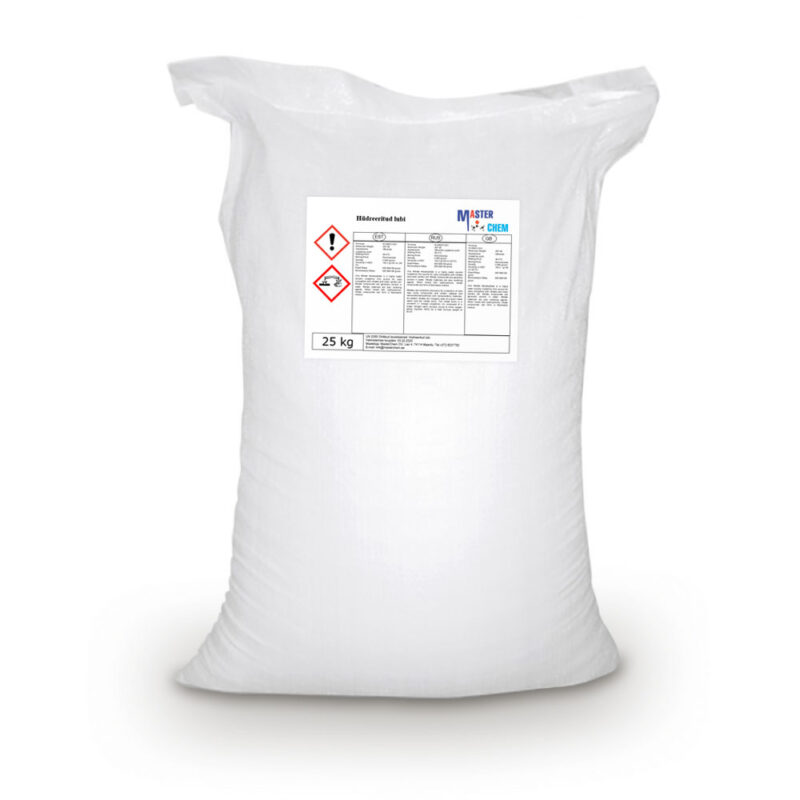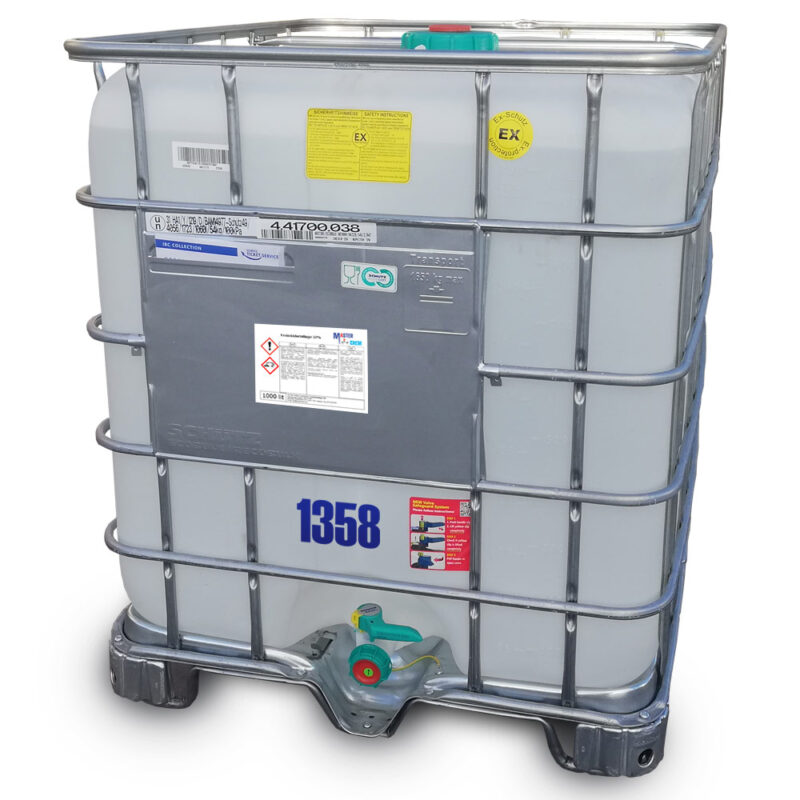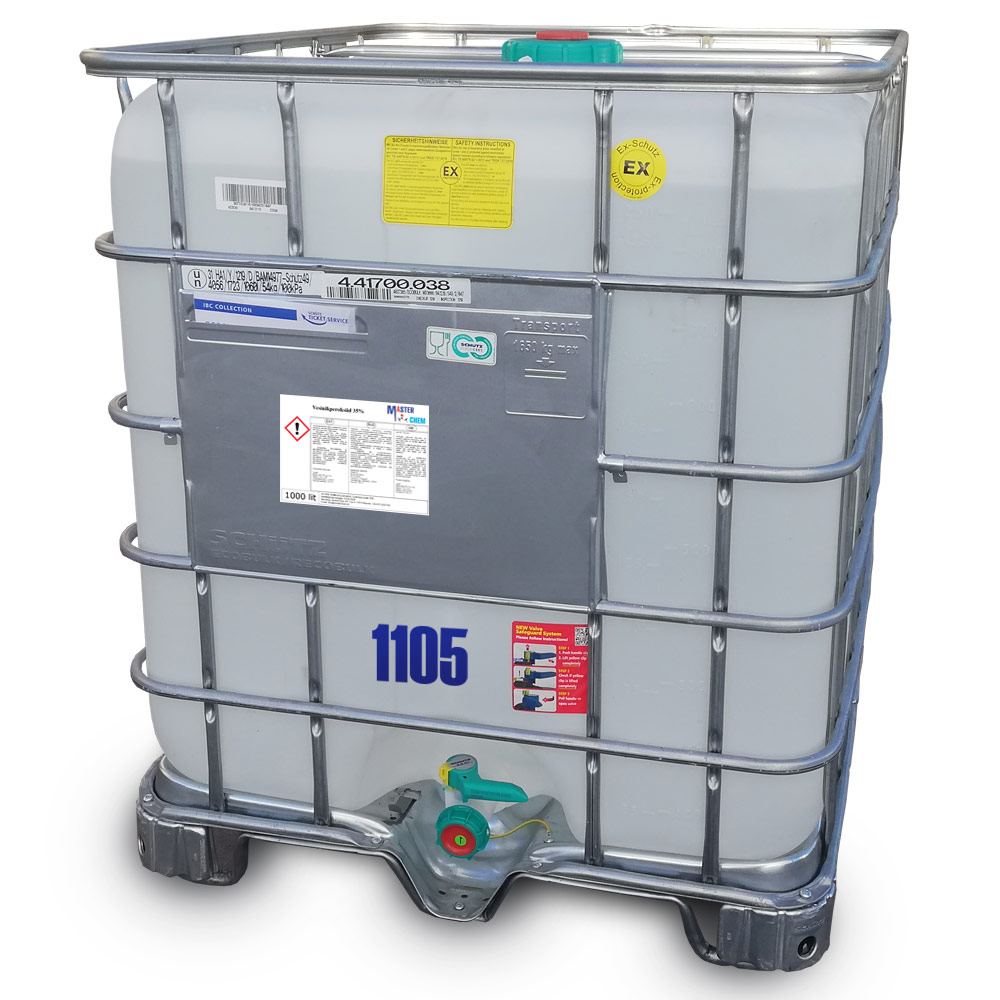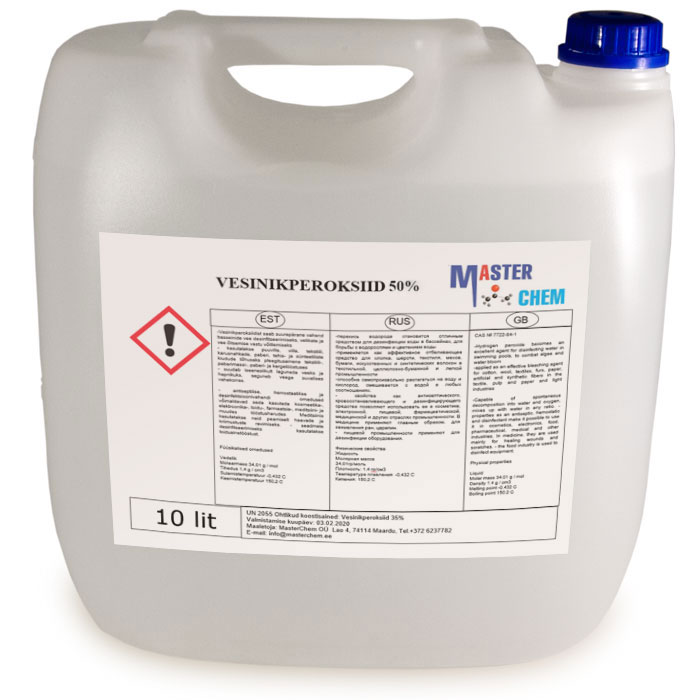Eucalyptus oil
Eucalyptus oil
Eucalyptus oil is a generic name for distilled oil that comes from the leaves of the Eucalyptus genus of the Myrtaceae plant family, native to Australia and cultivated worldwide. Eucalyptus oil has been widely used as a pharmaceutical agent, antiseptic, repellent, aroma, fragrance and industrial use. The leaves of selected eucalyptus species are steam distilled to extract eucalyptus oil.
Ferrous sulfate heptahydrate (CAS 7782-63-0)
Ferrous sulfate heptahydrate (CAS 7782-63-0)
Iron(2+) sulfate heptahydrate is a hydrate that is the heptahydrate form of iron(2+) sulfate. It is used as a source of iron in the treatment of iron-deficiency anaemia (generally in liquid-dosage treatments; for solid-dosage treatments, the monohydrate is normally used). It has a role as a nutraceutical, an anti-anaemic agent and a reducing agent. It is a hydrate and an iron molecular entity. It contains an iron(2+) sulfate (anhydrous).
Ferrous sulfate monohydrate (CAS 17375-41-6)
Ferrous sulfate monohydrate (CAS 17375-41-6)
Iron(2+) sulfate monohydrate is a hydrate that is the monohydrate form of iron(2+) sulfate. It is obtained from the heptahydrate by heating above 65℃. It is used as a source of iron in the treatment of iron-deficiency anaemia (generally in solid-dosage treatments; for liquid-dosage treatments, the heptahydrate is normally used). It has a role as a nutraceutical, an anti-anaemic agent and a reducing agent. It is a hydrate and an iron molecular entity. It contains an iron(2+) sulfate (anhydrous).
Fire Starter MasterChem
Alcohol-based fluid. Suitable for burning coals and wood. The emissions from burning our ignition are water vapour and carbon dioxide.
Fluorite (CAS 7789-75-5)
Fluorite (CAS 7789-75-5)
Calcium fluoride is the inorganic compound with the formula CaF2. It is a white insoluble solid. It occurs as the mineral fluorite (also called fluorspar), which is often deeply coloured owing to impurities.
Calcium fluoride, 98%+ Cas 7789-75-5 – used to manufacture optical components such as windows and lenses, used in thermal imaging systems, spectroscopy, and excimer lasers.
Food rock salt
Tavakasutuses on sool mineraal, mis koosneb peamiselt naatriumkloriidist (NaCl). Toidus kasutamisel, eriti granuleeritud kujul, nimetatakse seda ametlikumalt lauasoolaks. Loodusliku kristallilise mineraali kujul on sool tuntud ka kivisoola või haliidina.
Formalin (CAS 50-00-0)
Formaldehyde (systematic name methanal), is a naturally occurring organic compound with the formula CH2O (H-CHO). It is the simplest of the aldehydes (R-CHO). The common name of this substance comes from its similarity and relation to formic acid.
Formaldehyde is an important precursor to many other materials and chemical compounds. In 1996, the installed capacity for the production of formaldehyde was estimated to be 8.7 million tons per year. It is mainly used in the production of industrial resins, e.g., for particle board and coatings.
CAS: 50-00-0
Formic Acid 85% (CAS 64-18-6)
Formic Acid 85% (CAS 64-18-6)
Formic acid, systematically named methanoic acid, is the simplest carboxylic acid, and has the chemical formula H2CO2. It is an important intermediate in chemical synthesis and occurs naturally, most notably in some ants. The word “formic” comes from the Latin word for ant, formica, referring to its early isolation by the distillation of ant bodies. Esters, salts, and the anion derived from formic acid are called formates. Industrially, formic acid is produced from methanol.
Fumaric Acid (CAS 110-17-8)
Fumaric Acid (CAS 110-17-8)
Fumaric acid is an organic compound with the formula HO2CCH=CHCO2H. A white solid, fumaric acid occurs widely in nature. It has a fruit-like taste and has been used as a food additive. Its E number is E297. The salts and esters are known as fumarates. Fumarate can also refer to the C4H2O2−4 ion (in solution). Fumaric acid is the trans isomer of butenedioic acid, while maleic acid is the cis isomer.
Gardrium seed oil
Gidric seed oil
Features
Garlic essential oil is a product of steam distillation of fresh garlic cloves. The finished liquid is colorless, may be slightly yellowish, with a burning taste.
Affordable Features
Garlic essential oil has many health benefits. The most important ones are:
Bacterial.
Antivirus.
Hypotonic.
Anticholesterol.
cough medicine.
Hypothermic.
Anthelmintic.
Immunomodulatory.
The corresponding product has a favorable effect on the condition of the urinary organs. Helps eliminate cystitis, inflammatory and infectious processes in the structures of the urinary and genital organs.
Application
The extent of garlic essential oil directly depends on its basic properties. It is used in the food industry to give ready meals a characteristic aroma and taste.
The product is not used in perfume because of the sharp and unpleasant aroma.
In cosmetology, garlic essential oil is sometimes used to treat oily skin. It is able to regulate the body’s fat content, affects the functioning of the sebaceous glands. Copes effectively with acne and inflammatory skin diseases.
Glucose Monohydrate (CAS 5996-10-1)
Glucose Monohydrate (CAS 5996-10-1)
Information Industries: Pharmaceutical industry, Food industry , Feed industry CAS number: 5996-10-1 WE number: 200-075-1 Chemical formula: C6H12O6·H2O Molar mass: …
Glycerine (CAS 56-81-5)
Glycerine (CAS 56-81-5)
Other names: Glycerin, Glycerine, Propanetriol, 1,2,3-Trihydroxypropane, 1,2,3-Propanetriol
Glycerine also called glycerol, is a simple polyol compound. It is a colorless, odorless, viscous liquid that is sweet-tasting and non-toxic. The glycerine backbone is found in lipids known as glycerides. Due to having antimicrobial and antiviral properties it is widely used in FDA approved wound and burn treatments. Conversely, it is also used as a bacterial culture medium. It can be used as an effective marker to measure liver disease. It is also widely used as a sweetener in the food industry and as a humectant in pharmaceutical formulations. Owing to the presence of three hydroxyl groups, glycerine is miscible with water and is hygroscopic in nature.
CAS: 56-81-5
Glycerol (CAS 56-81-5)
Other names: Glycerin, Glycerine, Propanetriol, 1,2,3-Trihydroxypropane, 1,2,3-Propanetriol
Glycerol (also called glycerine or glycerin; see spelling differences) is a simple polyol compound. It is a colorless, odorless, viscous liquid that is sweet-tasting and non-toxic. The glycerol backbone is found in all lipids known as triglycerides. It is widely used in the food industry as a sweetener and humectant and in pharmaceutical formulations. Glycerol has three hydroxyl groups that are responsible for its solubility in water and its hygroscopic nature.
CAS: 56-81-5
Glycerol monostearate (CAS 123-94-4)
Glycerol monostearate (CAS 123-94-4)
Glycerol monostearate, commonly known as GMS, is a monoglyceride commonly used as an emulsifier in foods. It takes the form of a white, odorless, and sweet-tasting flaky powder that is hygroscopic. Chemically it is the glycerol ester of stearic acid.
GMS is a food additive used as a thickening, emulsifying, anticaking, and preservative agent; an emulsifying agent for oils, waxes, and solvents; a protective coating for hygroscopic powders; a solidifier and control release agent in pharmaceuticals; and a resin lubricant. It is also used in cosmetics and hair-care products.
GMS is largely used in baking preparations to add “body” to the food. It is somewhat responsible for giving ice cream and whipped cream their smooth texture. It is sometimes used as an antistaling agent in bread.
It can also be used as an additive in plastic, where GMS works as an antistatic and antifogging agent. This is common in food packaging.
Glycine (CAS 56-40-6)
Glycine (CAS 56-40-6)
Glycine is an amino acid that has a single hydrogen atom as its side chain. It is the simplest stable amino acid (carbamic acid is unstable), with the chemical formula NH2‐CH2‐COOH. Glycine is one of the proteinogenic amino acids. It is encoded by all the codons starting with GG (GGU, GGC, GGA, GGG). Glycine is integral to the formation of alpha-helices in secondary protein structure due to its compact form. For the same reason, it is the most abundant amino acid in collagen triple-helices. Glycine is also an inhibitory neurotransmitter – interference with its release within the spinal cord (such as during a Clostridium tetani infection) can cause spastic paralysis due to uninhibited muscle contraction.
Glycine is a colorless, sweet-tasting crystalline solid. It is the only achiral proteinogenic amino acid. It can fit into hydrophilic or hydrophobic environments, due to its minimal side chain of only one hydrogen atom. The acyl radical is glycyl.
Glycolic Acid Solution (CAS 79-14-1)
Glycolic Acid Solution (CAS 79-14-1)
Glycolic acid is a chemical compound that is used in the treatment of certain skin conditions, such as acne. It is also used as an active ingredient in some facial peels. Glycolic acid has been shown to have beneficial effects on autoimmune diseases by inhibiting the production of glycoproteins and enzymes that are involved in inflammation. Glycolic acid has been studied extensively as a potential treatment for geriatric patients with depression-related dementia or Alzheimer’s disease. This drug can be applied topically to the skin, or taken orally as a medication. The mechanism of action is not well understood, but it may involve inhibition of dapagliflozin, which enhances the activity of glycogen synthase kinase 3β (GSK3β) and prevents phosphorylation and activation of glycogen synthase (GS). Glycolic acid has been shown to inhibit mitochondrial membrane potential and increase cellular physiology by increasing ATP synthesis. It can also be applied topically to
Graphite (CAS 7782-42-5)
Graphite (CAS 7782-42-5)
Graphite (/ˈɡræfˌaɪt/), archaically referred to as plumbago, is a crystalline form of the element carbon with its atoms arranged in a hexagonal structure. It occurs naturally in this form and is the most stable form of carbon under standard conditions. Under high pressures and temperatures it converts to diamond. Graphite is used in pencils and lubricants. It is a good conductor of heat and electricity. Its high conductivity makes it useful in electronic products such as electrodes, batteries, and solar panels.
Guar gum (CAS 9000-30-0)
Guar gum (CAS 9000-30-0)
Guar gum, also called guaran, is a galactomannan polysaccharide extracted from guar beans that has thickening and stabilizing properties useful in food, feed, and industrial applications. The guar seeds are mechanically dehusked, hydrated, milled and screened according to application. It is typically produced as a free-flowing, off-white powder.
The guar bean is principally grown in India, Pakistan, U.S., Australia and Africa. India produces about 2.5 – 3 million tons of guar annually, making it the largest producer, with about 65% of world production. In India, Rajasthan, Gujarat and Haryana are the main producing regions, and Jodhpur, Sri Ganganagar and Hanumangarh in Rajasthan and Pakistan with Second largest producer with 25% of Guar gum Produce In Pakistan is major Guar trading market. The US has produced 4,600 to 14,000 tonnes of guar over the last 5 years. Texas acreage since 1999 has fluctuated from about 7,000 to 50,000 acres. The world production for guar gum and its derivatives is about 1.0 Million tonnes. Non-food guar gum accounts for about 40% of the total demand.
Hand sanitizer MasterGel E80
MasterGel E80 is a universal hand sanitizer. Contains glycerin to prevent dry skin. It is a mixture of ethanol, glycerin and propylene glycol.
Actively disinfects, deodorizes and cleans and does not need to be rinsed.
Due to its properties, MasterGel E80 is especially suitable for hospitals, public spaces, gyms and social gatherings. Suitable for both household and professional use.
Using:
• Hygienic hand antiseptic:
Apply 3 ml of MasterChem E80 to hands and massage into hands for 30 seconds.
• Surgical hand antiseptic:
Rub MasterChem E80 into hands 2 times, 3-6 ml each. (It is important to make sure that the entire surface to be treated is covered with the solution). Rubbing takes 1.5 minutes. Work both hands and forearms.
Use biocide safely! Be sure to read the attached information before use!
Certificate of registration of biocidal product No. 2121/20
Heptane (CAS 142-82-5)
Heptane (CAS 142-82-5)
Heptane or n-heptane is the straight-chain alkane with the chemical formula H3C(CH2)5CH3 or C7H16, and is one of the main components of gasoline (petrol). When used as a test fuel component in anti-knock test engines, a 100% heptane fuel is the zero point of the octane rating scale (the 100 point is 100% iso-octane). Octane number equates to the anti-knock qualities of a comparison mixture of heptane and isooctane which is expressed as the percentage of isooctane in heptane and is listed on pumps for gasoline (petrol) dispensed globally.
Hydrated lime (CAS 1305-62-0)
Hydrated lime (CAS 1305-62-0)
Calcium hydroxide (traditionally called slaked lime) is an inorganic compound with the chemical formula Ca(OH)2. It is a colorless crystal or white powder and is produced when quicklime (calcium oxide) is mixed or slaked with water. It has many names including hydrated lime, caustic lime, builders’ lime, slaked lime, cal, and pickling lime. Calcium hydroxide is used in many applications, including food preparation, where it has been identified as E number E526. Limewater, also called milk of lime, is the common name for a saturated solution of calcium hydroxide.
Hydrochloric Acid 33%, 37% (CAS 7647-01-0)
Hydrochloric Acid 33%, 37% (CAS 7647-01-0)
Hydrochloric acid, also known as muriatic acid, is an aqueous solution of hydrogen chloride. It is a colorless solution with a distinctive pungent smell. It is classified as a strong acid. It is a component of the gastric acid in the digestive systems of most animal species, including humans. Hydrochloric acid is an important laboratory reagent and industrial chemical.
Physical properties of hydrochloric acid, such as boiling and melting points, density, and pH, depend on the concentration or molarity of HCl in the aqueous solution. They range from those of water at very low concentrations approaching 0% HCl to values for fuming hydrochloric acid at over 40% HCl.
Hydrochloric acid as the binary (two-component) mixture of HCl and H2O has a constant-boiling azeotrope at 20.2% HCl and 108.6 °C (227 °F). There are four constant-crystallization eutectic points for hydrochloric acid, between the crystal form of [H3O]Cl (68% HCl), [H5O2]Cl (51% HCl), [H7O3]Cl (41% HCl), [H3O]Cl·5H2O (25% HCl), and ice (0% HCl). There is also a metastable eutectic point at 24.8% between ice and the [H7O3]Cl crystallization. They are all Hydronium salts.
Hydrofluoric acid (CAS 7664-39-3)
Hydrofluoric acid (CAS 7664-39-3)
Hydrofluoric acid is a solution of hydrogen fluoride (HF) in water. Solutions of HF are colourless, acidic and highly corrosive. It is used to make most fluorine-containing compounds; examples include the commonly used pharmaceutical antidepressant medication fluoxetine (Prozac) and the material PTFE (Teflon). Elemental fluorine is produced from it. It is commonly used to etch glass and silicon wafers.
Hydrogen peroxide 50% (CAS 7722-84-1)
CAS № 7722-84-1
Hydrogen peroxide 50%
– colorless liquid with a metallic taste, easily soluble in water, alcohol and ether
Application
-Hydrogen peroxide becomes an excellent agent for disinfecting water in swimming pools, to combat algae and water bloom
-applied as an effective bleaching agent for cotton, wool, textiles, furs, paper, artificial and synthetic fibers in the textile, pulp and paper and light industries
-Capable of spontaneous decomposition into water and oxygen, mixes up with water in any ratio. – properties as an antiseptic, hemostatic and disinfectant make it possible to use it in cosmetics, electronics, food, pharmaceutical, medical and other industries. In medicine, they are used mainly for healing wounds and scratches. – the food industry is used to disinfect equipment.

